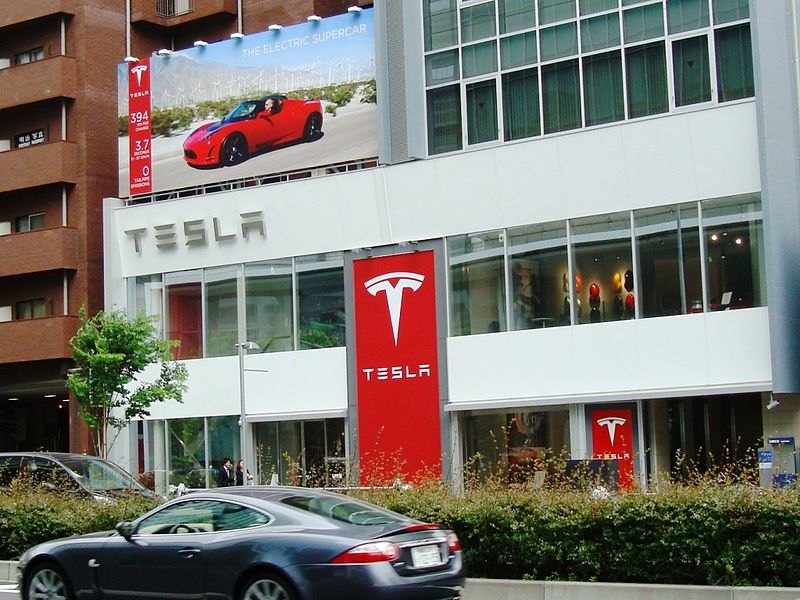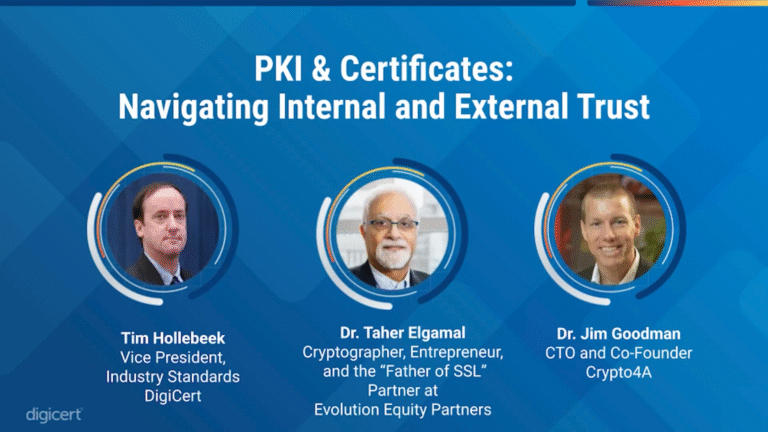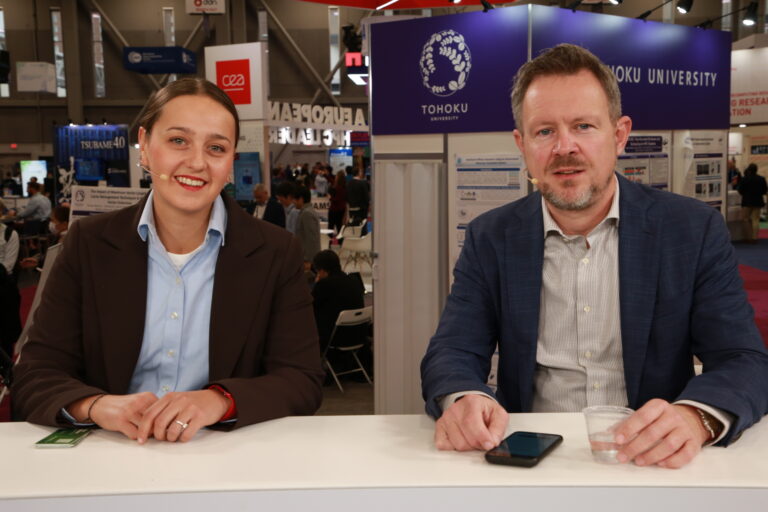Shares of Tesla Inc. experienced a decline of 3% in after-hours trading following an underwhelming earnings report for the third quarter, despite achieving record vehicle deliveries. For the period ending September 30, Tesla posted adjusted earnings of 50 cents per share, a drop from 72 cents per share during the same period last year. Revenue, however, rose to $28.095 billion, marking a 12% increase year-over-year, yet fell short of analysts’ expectations of 56 cents in earnings on $26.22 billion in revenue.
Key Financial Metrics
- Total Vehicles Manufactured: 447,000
- Total Vehicles Delivered: 497,000 (record high)
- Model 3 and Y Deliveries: 481,166
- Other Models Deliveries: 15,933 (up 7% year-over-year)
- Energy Storage Production: 12.5 gigawatt-hours (record high)
- Energy Sector Gross Profit: $1.1 billion
Tesla’s energy generation and storage division also reported a record performance, with profits rising both sequentially and year-over-year. The company expanded its services by adding 3,500 new Supercharging stalls, an 18% year-over-year growth, coinciding with the launch of advanced v4 Supercharger cabinets that significantly enhance power capacity and efficiency.
Operating cash flow hit $6.2 billion, while free cash flow approached $4 billion, both marking record highs. Furthermore, Tesla reported an increase in cash and investments amounting to $4.9 billion, totaling $41.6 billion.
During the earnings call, CEO Elon Musk addressed the challenges facing Tesla’s core vehicle business, including shrinking regulatory credit revenue and margin compression. He warned of potential “rough quarters” ahead, citing various uncertainties such as global trade policies, tariffs, and supply chain costs affecting auto industry margins. Musk also underscored the importance of Tesla’s long-term vision focusing on autonomy, robotics, and energy solutions, emphasizing that developments like the robotaxi fleet and “Optimus” humanoid robot are central to this strategy, shifting from hardware to software-driven revenue models.
As Tesla navigates these pressing challenges, investors remain attentive to how these changes will influence the company’s future trajectory amidst an evolving automotive landscape.







